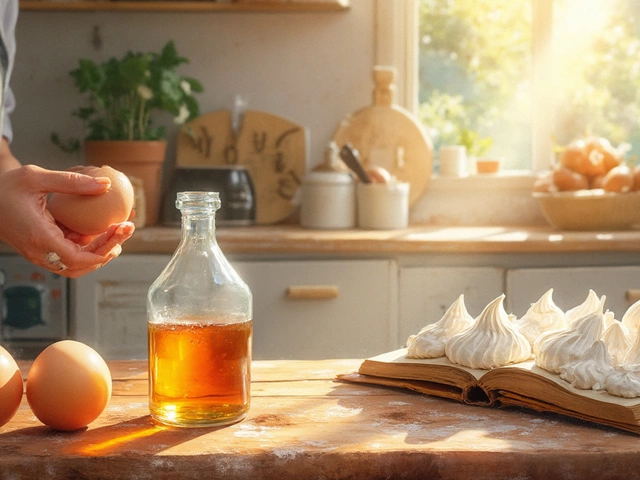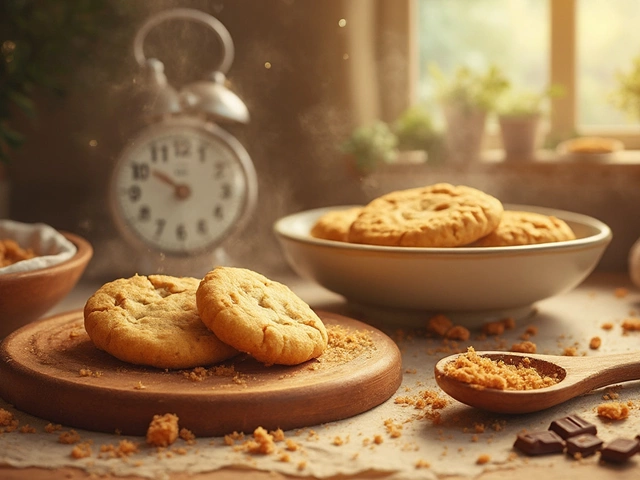Gluten Intolerance Made Simple: What Works, What Doesn’t
If you’ve ever felt bloated, itchy, or just plain tired after eating bread, you might be dealing with gluten intolerance. It’s not just a buzzword – it’s a real reaction that can mess with your daily life. The good news? You don’t have to give up all the foods you love. With a few smart swaps and some handy tricks, you can keep your meals delicious and your gut happy.
Understanding Gluten Intolerance
Gluten is the protein found in wheat, barley, rye, and a few other grains. When you’re intolerant, your body can’t break it down properly, leading to symptoms like stomach pain, fatigue, or skin rashes. It’s different from a wheat allergy, which triggers an immune response, and from celiac disease, which causes damage to the small intestine. Knowing the difference helps you pick the right foods and avoid hidden sources.
One of the biggest pitfalls is thinking everything labeled “gluten‑free” is safe. Some processed foods use cross‑contaminated oats or add malt flavoring that contains gluten. Keep an eye on ingredient lists and look for certified gluten‑free seals whenever you can.
Everyday Hacks & Recipes
Want to stop your gluten‑free cakes from sinking? The secret is in the flour blend. Use a mix of rice flour, potato starch, and a little tapioca starch. Add a pinch of xanthan gum or a spoonful of psyllium husk to give the batter structure. Our post “Gluten‑Free Cakes Sink: Why It Happens & How to Prevent It” walks you through the exact steps.
When you’re shopping for grains, stick to the proven safe list: rice, quinoa, buckwheat, millet, and certified gluten‑free oats. The “Gluten‑Free Grains List” article breaks down nutrition facts and points out sneaky traps like barley‑based malt extracts.
Don’t forget about hidden gluten in sauces and dressings. Many store‑bought ketchup, soy sauce, and even some spice mixes use wheat‑derived thickeners. Swap them for tamari, gluten‑free soy sauce, or make your own simple vinaigrette with olive oil, lemon, and herbs.
Craving a sweet treat? Try the fudge guide we have – “The Real Secret to Perfect, Creamy Fudge”. It’s naturally gluten‑free, and you can add almond flour for a richer texture without compromising safety.
Finally, keep a handy cheat sheet of high‑gluten foods. Bread, pasta, cereals, most beers, and many snack bars top the list. Knowing what to avoid makes grocery trips faster and less stressful.
Gluten intolerance doesn’t have to limit your life. With a bit of awareness, smart ingredient swaps, and the right recipes, you can enjoy tasty meals without the dreaded flare‑ups. Grab a skillet, experiment, and watch your confidence in the kitchen grow.
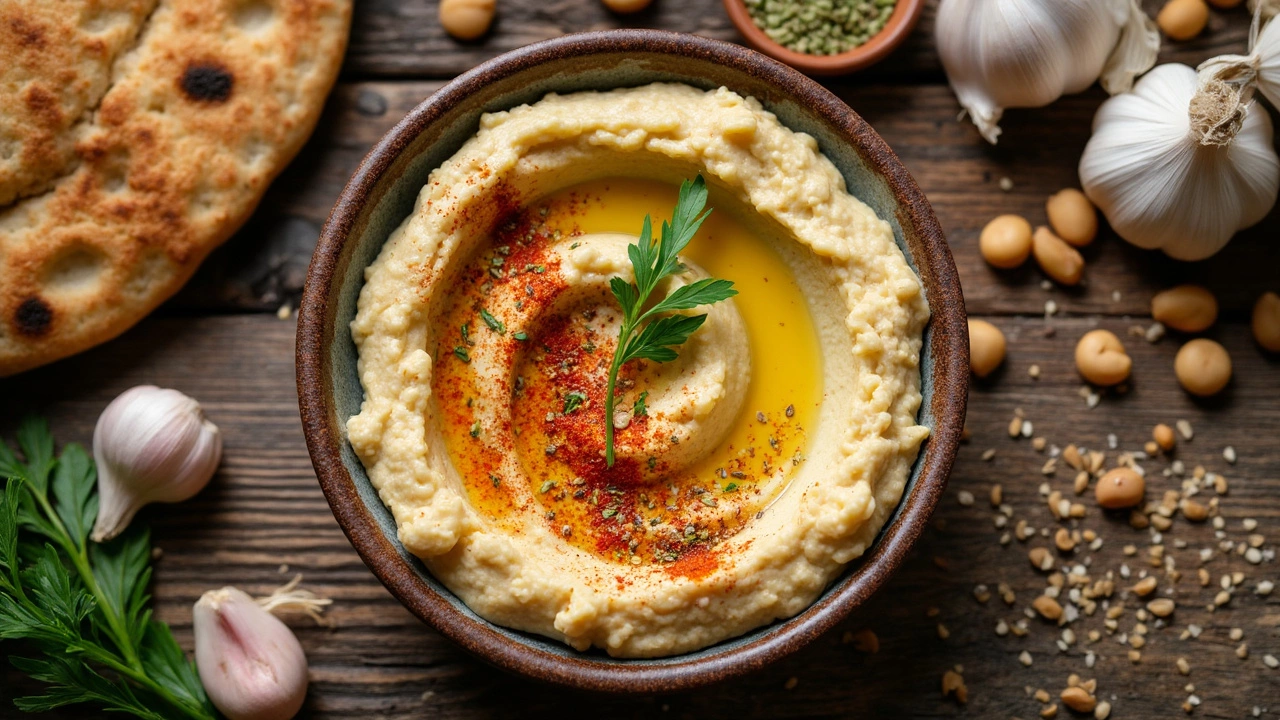
Is Hummus Gluten-Free? Everything You Need to Know Before You Dip In
Wondering if hummus is gluten-free? You're not alone. This detailed article explores what goes into traditional hummus, whether all store brands are safe, hidden risks, and tips for those with gluten intolerance or celiac disease. Find out how to pick or make hummus you can actually trust—and get the scoop on hidden gluten traps and restaurant pitfalls.
View More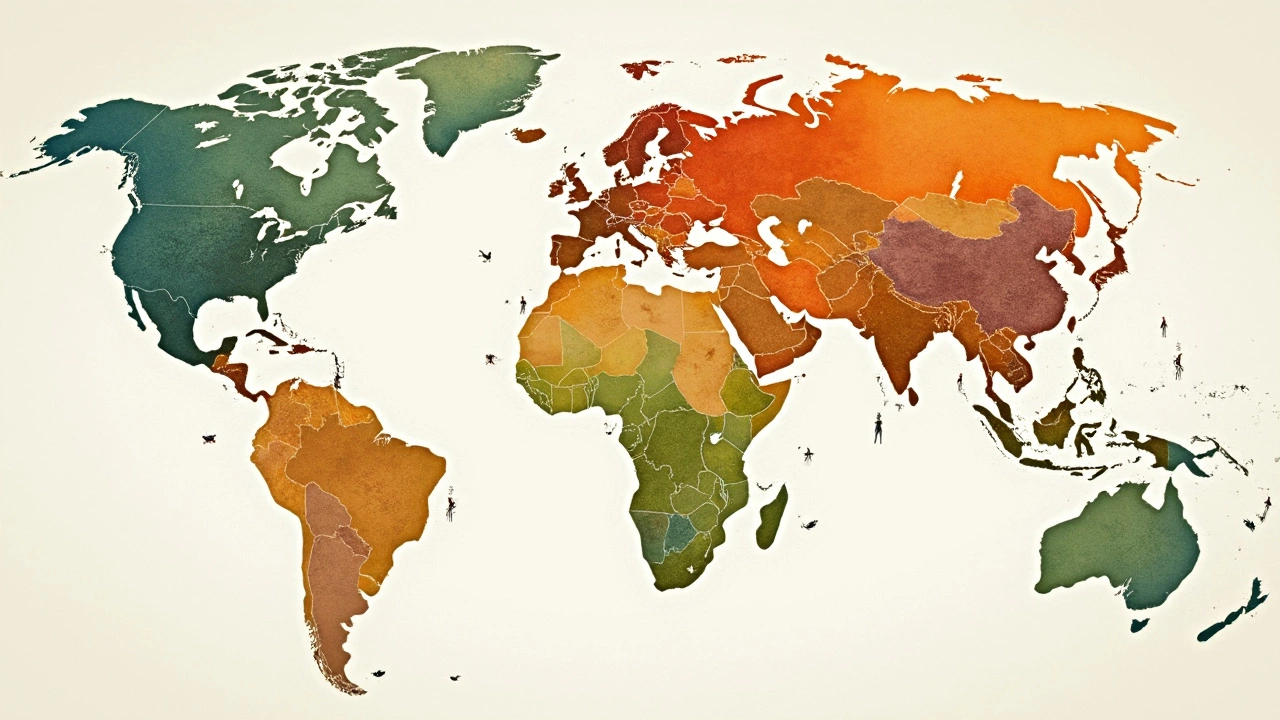
Which Nationalities Are Most Affected by Celiac Disease?
Celiac disease, a condition linked to gluten intolerance, varies in prevalence worldwide. Discover which nationalities are most affected and why. Understand its global presence and get tips on gluten-free living. Helpful insights into managing celiac for those from high-risk regions.
View More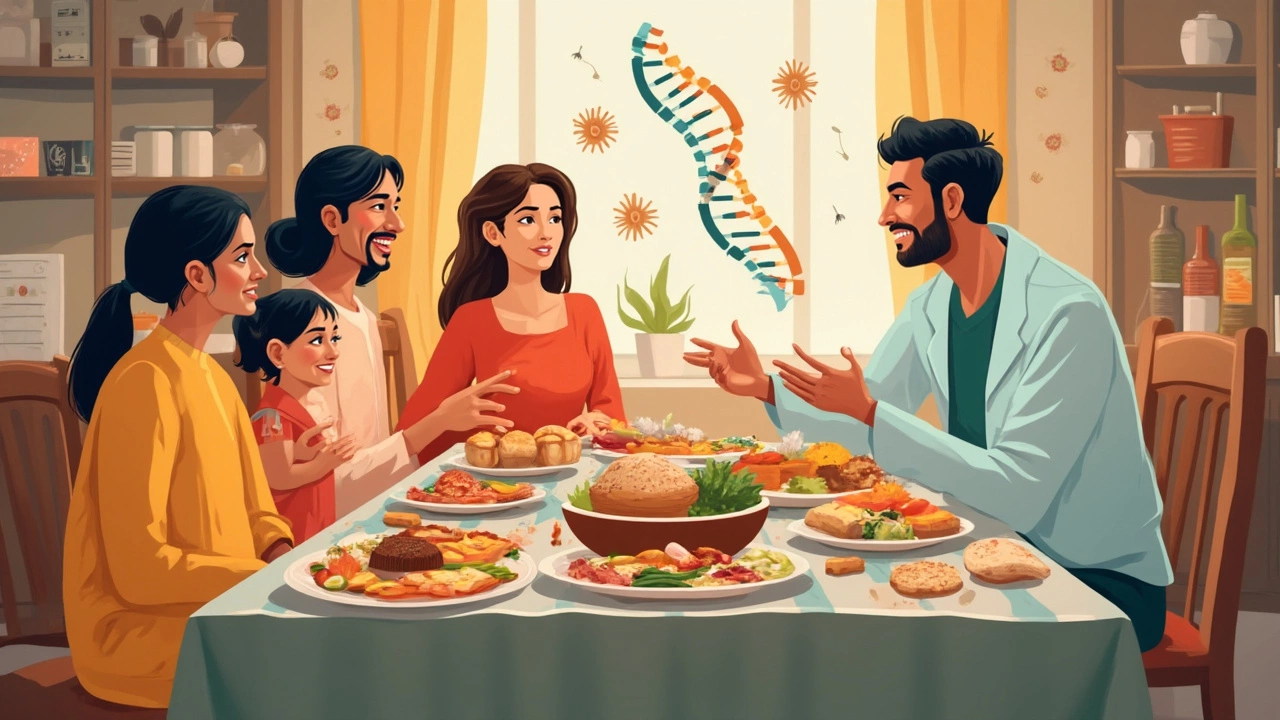
Why Am I Suddenly Gluten Intolerant?
Curiosity about the sudden onset of gluten intolerance is increasing. While some suspect the reasons lie in genetics or dietary habits, others are puzzled by the sharp symptoms impacting their lives. This article delves into the potential causes, how to manage this newfound intolerance, and ways to adjust your diet, focusing on delicious gluten-free alternatives like cakes.
View More
